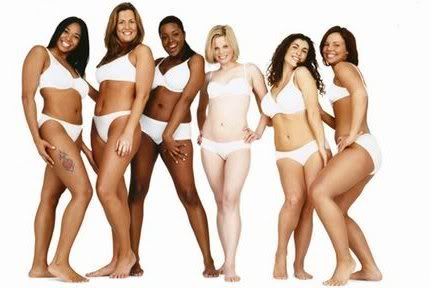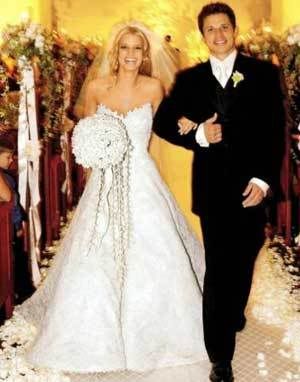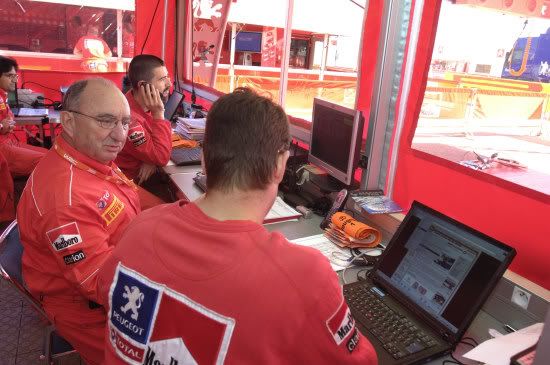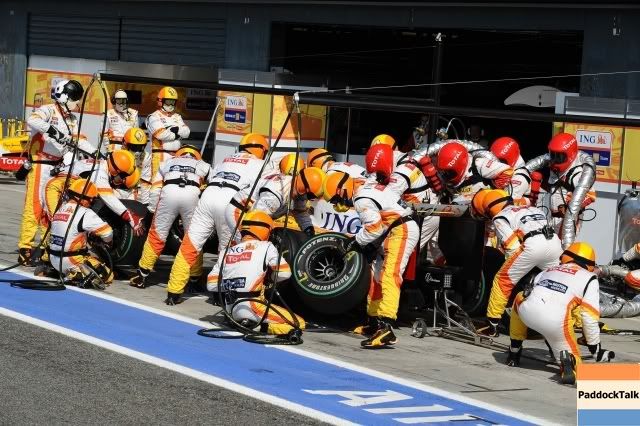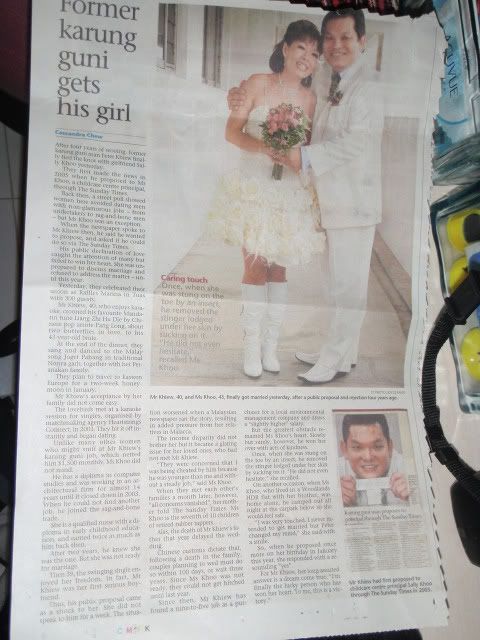The media seems to constantly focus on ideal styles and behaviors through the choices of models used. Skinny, flawlessly beautiful women are portrayed in size zero outfits not only in fashion magazines but in tv commercials as well. It is almost impossible to find the people of average sizes(10 and above) in advertisements.
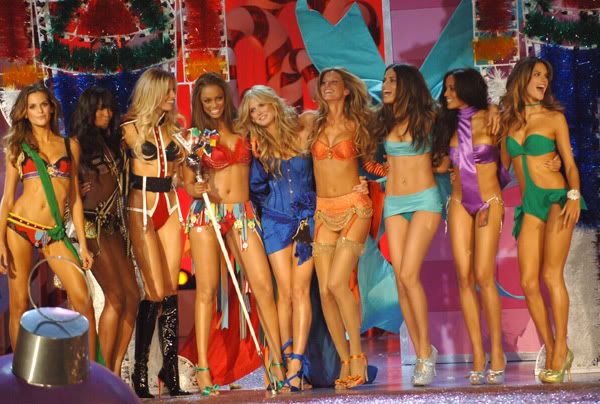
The media has a powerful control over broadcasting or advertising whatever they please. Unfortunately, this also means that it may be biased as images of the real world are not justifiably portrayed. Photos used in magazines too are sometimes doctored so that models appear unrealistically flawless and skinny. For the audience, having seen such pictures and ads repeatedly may cause them to feel worse about themselves as such desires are almost unattainable. Even with the subconscious knowledge of knowing such photos may be altered, the manipulation of emotions causes feelings of jealousy and unhealthy dieting.
To emphasize beauty with success, advertisements and commercials usually attach slogans or wealthy lifestyles to such images.
Dove conducted a survey in the UK and found that almost two thirds of women have low self esteem because of beauty ads. Women of different shapes and sizes are pictured in their underwear for the Dove Firming advertising. This caused a positive stir in people's reactions as using women of such sizes are against the norm. The fact that viewers find the 'Dove' advertisement unique and real shows how rare it is for the media to depict such women as the ideal image of beauty success and confidence.
